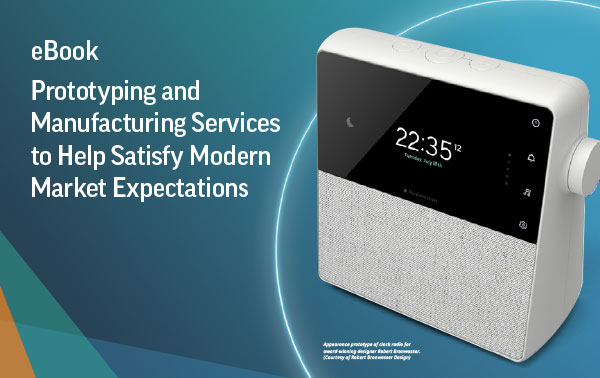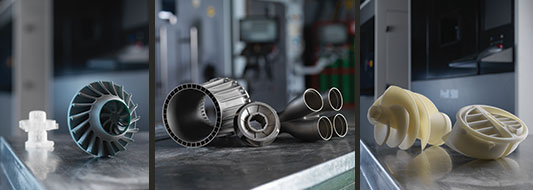How to Keep Pace with 3D Printing Technology
Using a 3D printing service provider has many benefits, including access to the latest and greatest 3D printing technology.

Image courtesy of Robert Bronwasser Design via 3D Systems.
Latest News
March 6, 2019
Dear DE Reader:
The modern tools available to design engineering teams are staggering in their potential to help create better and cheaper products faster than ever before. The flip side of that coin is that the market—and therefore your CEO, COO, CMO and other assorted chiefs—expect you to create better products for less cost and on shorter deadlines than ever before. Fair enough, but those modern tools require a financial investment, training time, support and maintenance to realize their potential.
3D printing is the perfect example. You probably know it has the potential to help your team iterate designs faster, communicate your design intent clearly, test form and function efficiently, and experiment without full production costs. It has opened up entirely new lines of business for some companies, slashed tooling inventories for others, and applications abound where it removed months from the product design and development process. What your chiefs may not fully understand is that the 3D printer the company invested in a few years ago is one step along the path to realizing 3D printing's full potential, not the destination. That's what the eBook “Prototyping and Manufacturing Services to Help Satisfy Modern Market Expectations” does a great job at explaining.
In just 15 pages, 3D Systems uses research, illustrations, real-world examples and the company's 3D printing expertise to explain why a 3D printing services provider should be part of your modern product design and development efforts. What it doesn't use is in-your-face sales tactics to promote its 3D Systems On Demand printing outsources services. Without getting lost in the technical weeds, it takes an educational tack to explain the benefits of 3D printing as a whole, then focuses on how companies can use service providers to advance their goals. Rapid prototyping, functional prototyping, models that mimic a product's final appearance, and low-volume manufacturing can all be fully or partially outsourced—whether your company already owns 3D printers or not.
Why Outsource 3D Printing
One of the big benefits to outsourcing is access to more 3D printing processes and technologies. The eBook explains the value of state-of-the-art Stereolithography, Selective Laser Sintering, Multijet, Colorjet, Direct Metal Printing, Fused Deposition Modeling and Cast Urethane. It makes the point that some materials and processes are better for certain applications than others, and it's unlikely design engineers will have access to all of the current technologies without outsourcing.

It's not just machines and materials that you get access to when outsourcing though, it's also expertise. As anyone involved in 3D printing understands, there's more to it than the push-button manufacturing process popularized by science fiction. Like any manufacturing process, there is considerable knowledge applied to prepare designs properly for different 3D printing processes and materials. An on-demand 3D printing provider can share that knowledge, providing you with a fresh perspective on your design challenges that could save you time and money.
“Prototyping and Manufacturing Services to Help Satisfy Modern Market Expectations” is a quick, registration-free read. If you're looking to justify your 3D printing journey to meet market demands in the face of rapidly evolving technologies, this paper is a great place to start. Hit the link for your copy.
Thanks for reading DE.
—The Editors
More 3D Systems Coverage
Subscribe to our FREE magazine, FREE email newsletters or both!
Latest News
About the Author
DE’s editors contribute news and new product announcements to Digital Engineering.
Press releases may be sent to them via [email protected].






